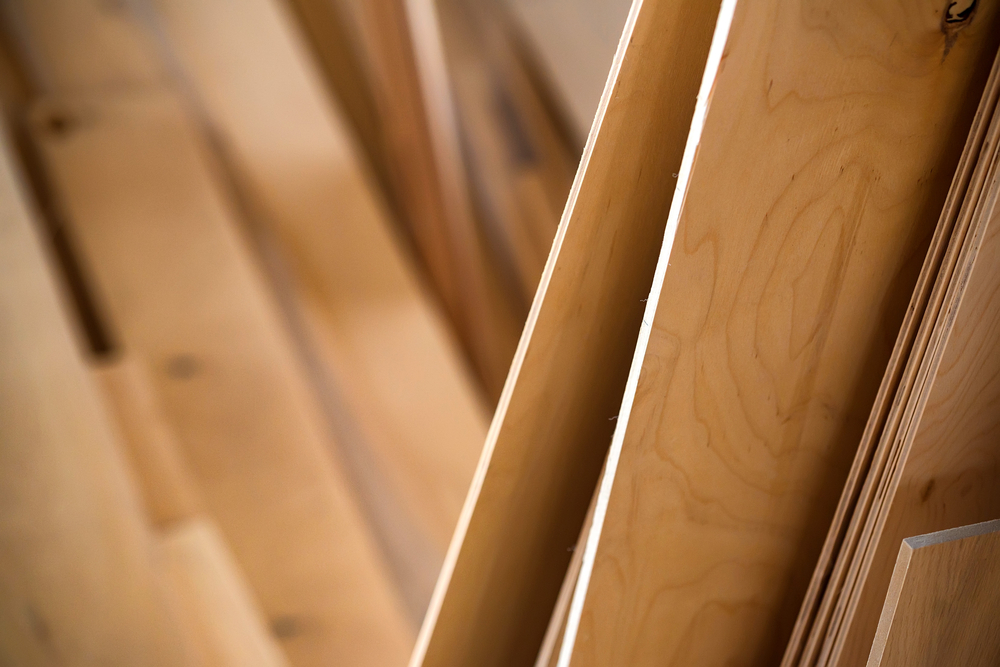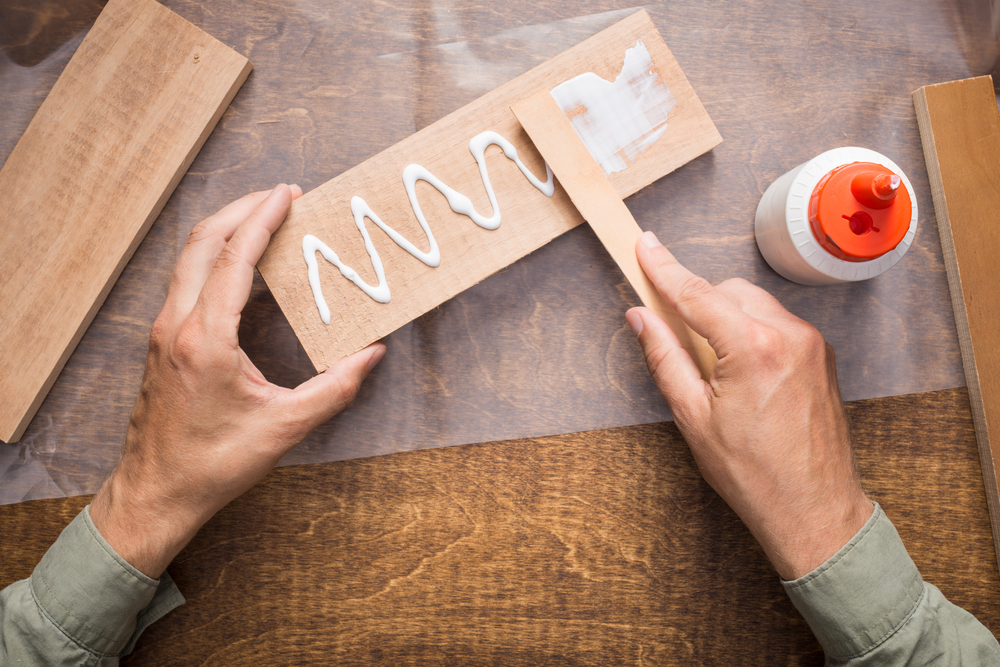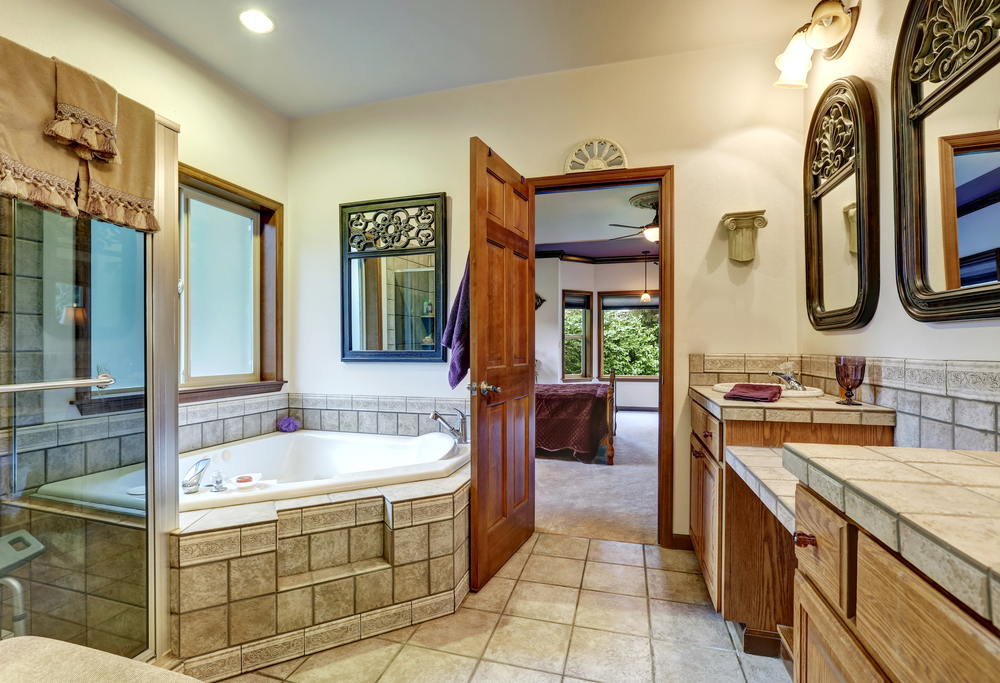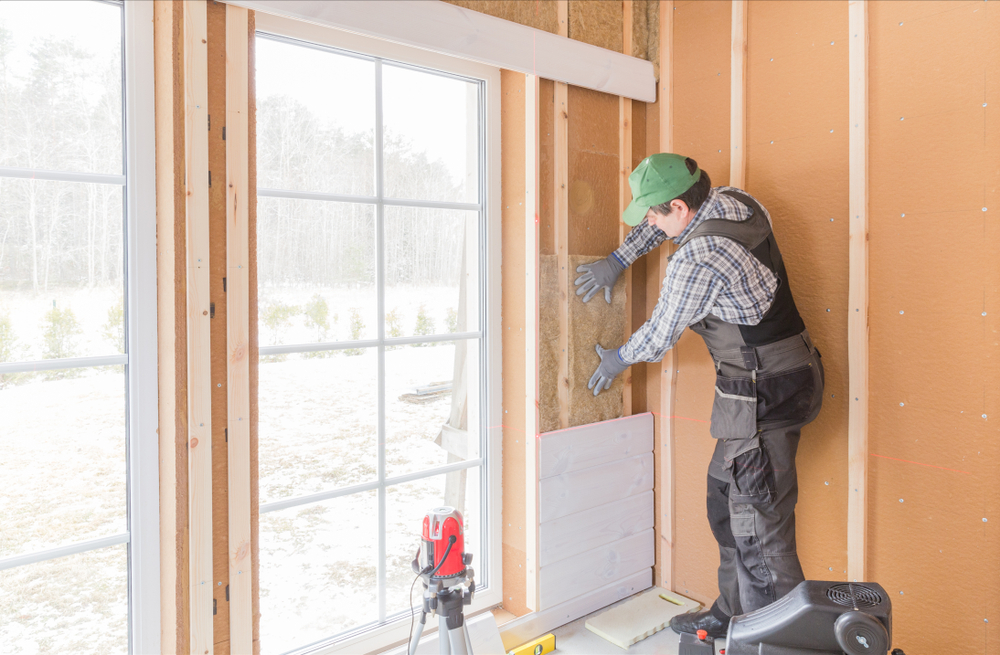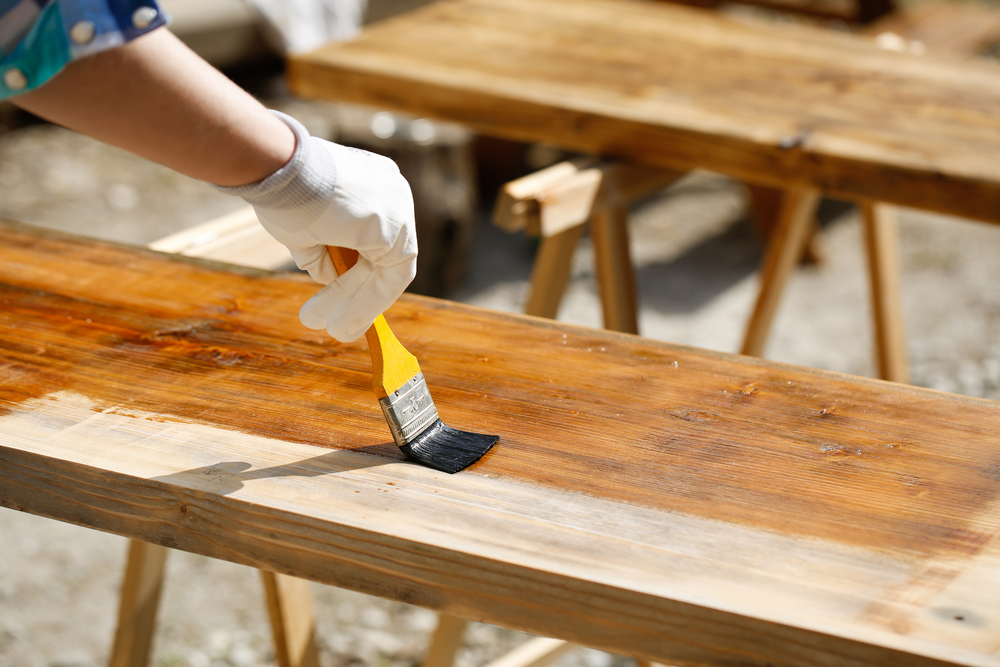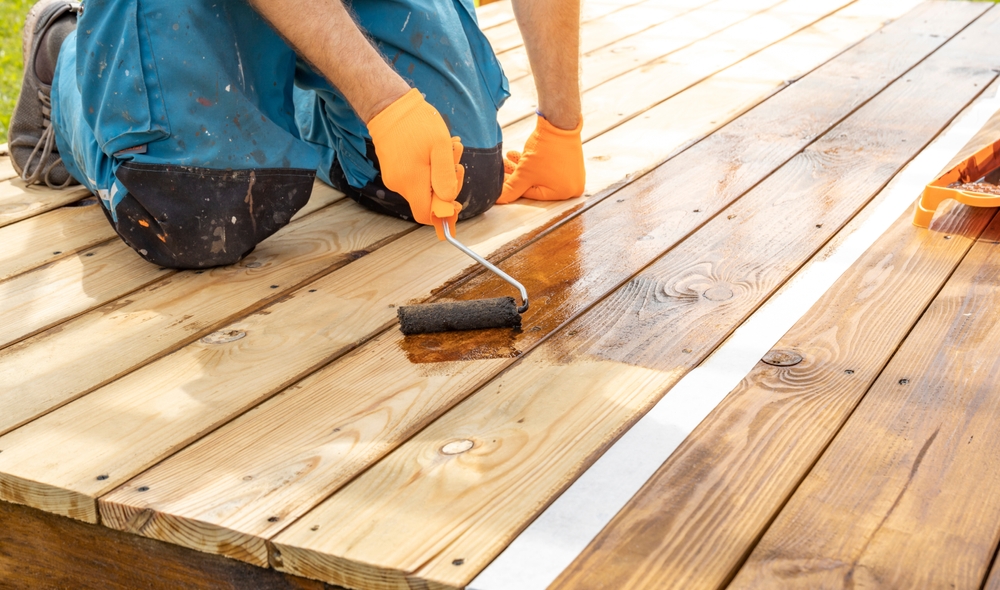Flat Roof Construction: A Comprehensive Guide
Flat roofs have been a staple in architectural design, especially in urban areas. They offer a modern look and increased usability of space. This guide explores the principles, materials, and construction techniques involved in building flat roofs.
Understanding the Basics of Flat Roofs
Flat roofs, despite the name, are not completely flat. They have a slight pitch, typically between 1/4 and 1/2 inch per foot. This ensures water drainage. Roofs with minimal slope are called low-slope roofs. For comparison, pitched roofs tend to have much steeper inclines.
The appeal of flat roofs often lies in their functionality. They create additional living or recreational space. Rooftop gardens, solar panel installations, and even living spaces are possibilities. For commercial buildings, they provide a convenient area to install HVAC units.
Materials Used in Flat Roof Construction
Several materials are common in flat roof construction. Each has its benefits and considerations based on climate, budget, and structural needs.
Built-Up Roofing (BUR)
This traditional method involves layers of bitumen and reinforcing fabrics. The layers are alternated and sealed, creating a durable surface. It’s often topped with aggregate such as gravel. BUR is known for its durability and excellent waterproofing.
Modified Bitumen
An evolution from BUR, modified bitumen includes polymerized rubbers or plastics. These additives improve elasticity and can be applied with a torch, heat, or self-adhesive adhesives. They come in rolls for easier installation compared to traditional BUR.
Single-Ply Membrane Systems
Single-ply membranes are flexible sheets made of synthetic materials. These include EPDM (Ethylene Propylene Diene Monomer), TPO (Thermoplastic Olefin), and PVC (Polyvinyl Chloride). They are laid in a single layer over insulation and provide easy maintenance and energy efficiency.
EPDM
EPDM roofs are rubber-based and known for their flexibility. They are particularly effective in cooler climates due to excellent UV resistance. This material is often black, which can absorb heat but is available in a lighter color for energy efficiency.
TPO and PVC
These materials offer heat-welded seams, providing extra strength. White TPO and PVC membranes reflect sunlight, reducing cooling costs. Their heat resistance makes them popular choices in warmer regions. They also offer resistance to chemical exposure and punctures.
Spray Polyurethane Foam (SPF)
SPF involves spraying a liquid that expands into a foam, forming a solid layer. It offers excellent insulation and versatility in creating seamless protection. Suitable for numerous applications, SPF achieves high R-values, meaning it provides superior thermal resistance.
Key Considerations in Flat Roof Construction
Flat roofs demand attention to design and installation due to unique characteristics.
Drainage Systems
Proper drainage is paramount. Unlike pitched roofs, flat roofs rely heavily on well-designed drainage systems. These include gutters, scuppers, and internal drains. Water accumulation can lead to significant damage, emphasizing the need for effective drainage solutions.
Insulation and Energy Efficiency
Insulation is crucial for flat roofs due to exposure levels. Common insulations include expanded polystyrene (EPS), extruded polystyrene (XPS), and polyisocyanurate (polyiso). Good insulation contributes to energy efficiency, regulating building temperatures.
Waterproofing
Waterproofing layers, including membranes mentioned earlier, shield buildings from water infiltration. Ensuring proper seals and overlapping areas helps maintain integrity. Routine maintenance and inspections can prevent leaks and prolong the roof’s life.
Flat Roof Construction Steps
Constructing a flat roof involves several stages, each requiring precision.
Preparation
The first step includes site preparation and assessing the structure’s load-bearing capacity. Material and design considerations follow based on the building’s purpose and environmental factors.
Installing the Deck
The roof deck serves as the foundation. It’s often made from plywood, steel, or concrete. It needs to be strong enough to support the waterproofing and roofing materials.
Adding Insulation
Insulation layers are either installed directly under the roofing membrane or above the roof deck. The chosen method depends on the desired energy efficiency and climate influences.
Applying the Membrane
A protective and waterproof sheet is applied over the insulation. The method of laying is dependent on the material. Overlap and tight seams are vital to prevent water infiltration.
Finishing Touches
Adding a protective layer, such as gravel or tiles, can shield membranes from damage and enhance the roof’s aesthetic. This step often includes installing drainage systems and parapets for added protection.
Maintenance and Lifespan
Regular maintenance is crucial for a flat roof’s longevity. Debris removal, especially around drains, prevents blockages. Seasonal inspections help spot potential issues like membrane punctures or blisters. Addressing issues promptly extends the roof’s lifespan significantly.
Pros and Cons of Flat Roofs
- Advantages: Flat roofs are cost-effective due to fewer materials. They provide usable space and are easier to access for maintenance or repairs. Design flexibility allows for varied applications, including gardens or terraces.
- Disadvantages: They may not handle heavy snow loads well without proper design. Water drainage can be challenging, emphasizing the role of design and construction. Some materials might require more frequent maintenance.
Environmental Considerations
Sustainable flat roof designs are gaining traction. Green roofs, covered in vegetation, offer better insulation and stormwater management. Cool roofs reflect sunlight, aiding in reducing urban heat. Both options contribute to energy savings and a reduced carbon footprint.
Conclusion
Understanding the nuances of flat roof construction can lead to successful installations that last for decades. With the right materials and careful planning, they offer extensive benefits. Continuous development in materials and technologies promises even more longevity and efficiency for flat roofs.

